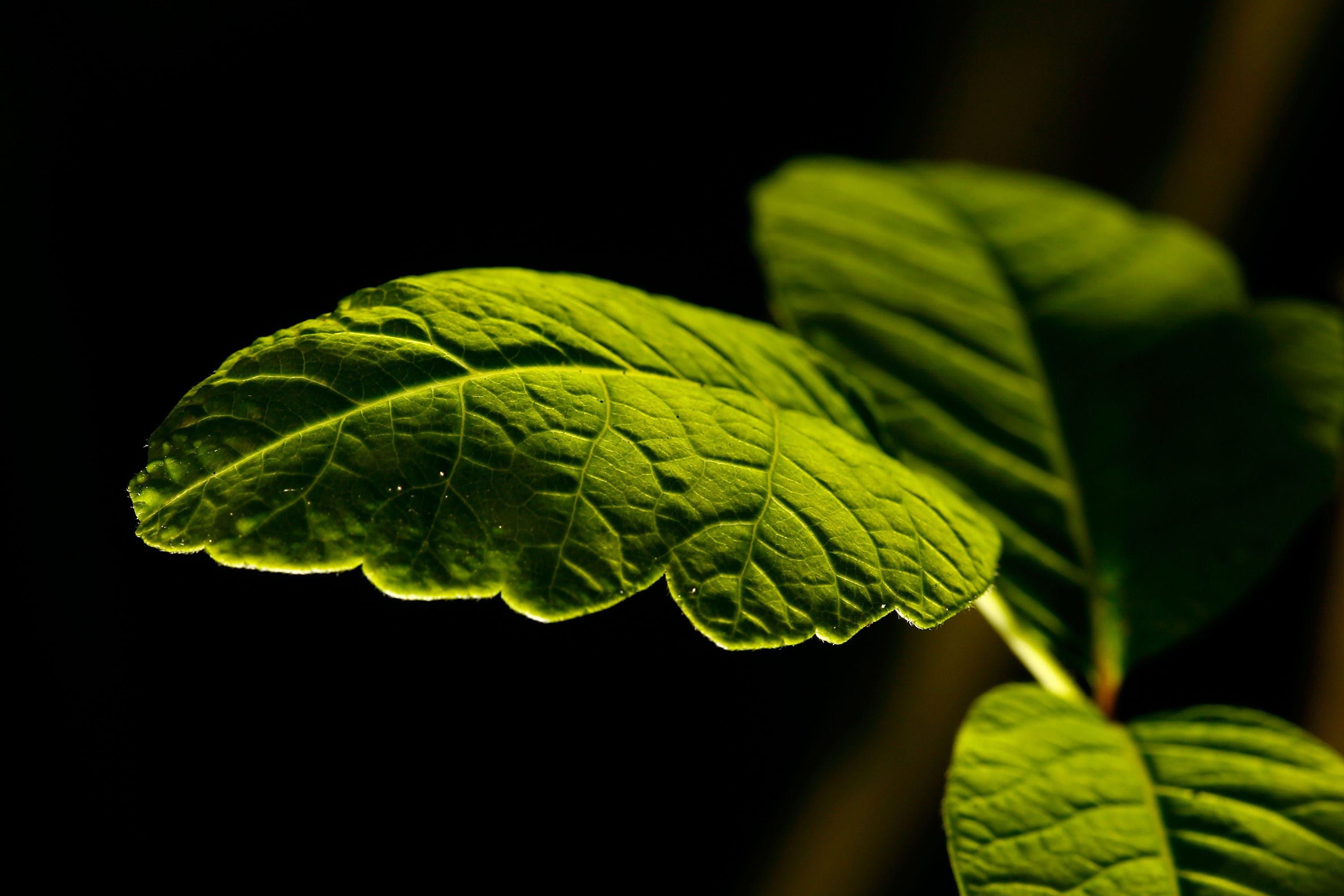Search results
Never had a rash from poison ivy, oak, or sumac: You can have a rash for 21 days or longer before it goes away. If you’re wondering why you develop a rash from these plants, you’ll find the answer at: Poison ivy, oak, and sumac: Who gets a rash, and is it contagious?
Oct 25, 2023 · Poison oak rash can produce a severe, painful rash. Learn more about the symptoms of poison oak rash and how to treat it here.
News about poison ivy, outdoor injuries, leaves
News about ankle rash, Hives, causes
Also in the news
Apr 27, 2023 · This article discusses what a poison oak rash looks like. It also looks at the treatment options available, how to identify poison oak, and how a person can help prevent the rash.
A rash from poison ivy, poison oak or poison sumac is caused by an oil found in these plants called urushiol. When this oil touches your skin, it often causes an itchy, blistering rash. Most people can safely treat the rash at home.
May 5, 2023 · Poison ivy is a common poisonous plant that causes an itchy skin rash. Other rash-inducing poisonous plants include poison oak and poison sumac. These plants produce an oily sap that contains urushiol (pronounced yer-OO-shee-all), which causes an irritating, itchy allergic reaction.
Jul 29, 2021 · In this article, we discuss how a person can identify poison oak, poison ivy, and poison sumac, as well as symptoms, treatment, and prevention of the rash.
- www.almanac.com
- › Home and Health
- › Wellness
- › Natural Remedies
Apr 9, 2024 · Learn how to spot poison oak, tell the difference between poison oak and poison ivy, and treat a poison oak rash with The Old Farmer's Almanac Guide.
Jun 5, 2024 · Find out what kinds creams or home remedies can help ease the itchy rash of poison ivy, oak, or sumac.
- www.mayoclinic.org
- › …
- › Diseases & Conditions
May 15, 2024 · Poison ivy treatments usually involve self-care methods at home. And the rash typically goes away on its own in two to three weeks. If the rash is widespread or causes many blisters, your doctor may prescribe an oral corticosteroid, such as prednisone, to reduce swelling.
- www.mayoclinic.org
- › …
- › Diseases & Conditions
May 15, 2024 · Poison ivy rash is caused by an allergic reaction to an oily resin called urushiol. It's found in poison ivy, poison oak and poison sumac. This oily resin is very sticky, so it easily attaches to your skin, clothing, tools, equipment and pet's fur. You can get a poison ivy reaction from:





